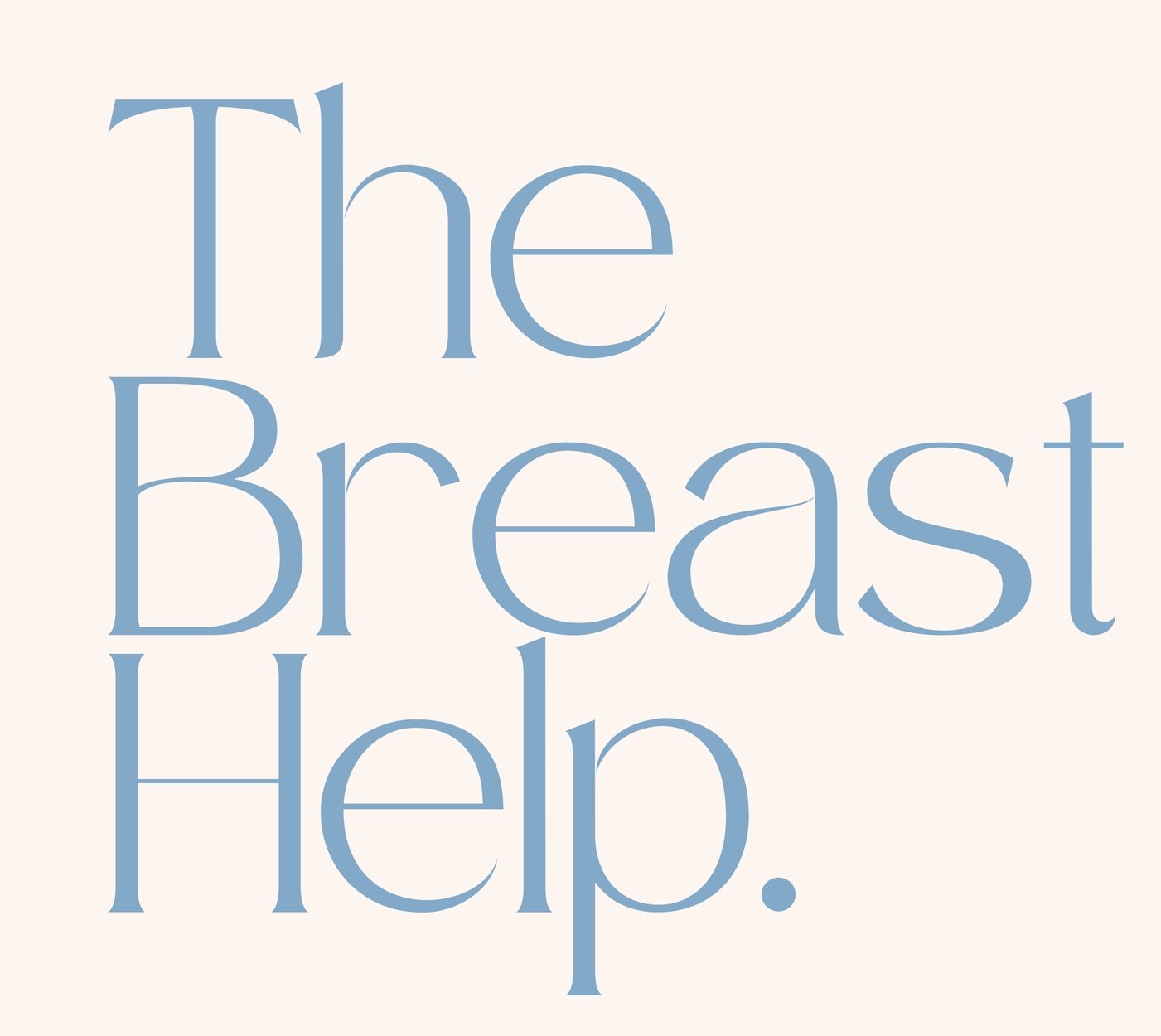Wearable Breast Pumps vs Closed System Pumps: What’s the Best Fit for You?
Breast pumps have come a long way—from bulky bedside machines to sleek, discreet, wearable devices that tuck neatly into your bra. For time-poor, sleep-deprived parents, choosing the right pump can feel overwhelming. You might be asking: What’s the difference between wearable pumps and closed system pumps? Can I share or resell a pump safely?And which one is right for me and my baby?
In this article, we’ll break down the key differences between wearable (cordless) pumps and traditional closed system pumps, look at single-user vs multi-user options, and share what to consider based on your breastfeeding goals, lifestyle, and budget.
Understanding the Basics: What Is a Closed System Breast Pump?
A closed system breast pump is designed with a barrier (usually a backflow protector or diaphragm) that prevents milk and moisture from entering the pump’s motor or tubing. This makes it more hygienic, easier to clean, and safer for prolonged use.
Closed system pumps are often:
Hospital-grade or higher-end personal use models
Approved for multiple users (in some cases, when specifically labelled and cleaned properly)
Reliable for frequent expressing, especially when exclusively pumping or establishing supply
Some common closed system pumps include:
Spectra S1/S2
Medela Symphony (hospital-grade)
Ardo Calypso
Note:
Not all closed system pumps are hospital-grade, BUT all hospital-grade pumps are closed system.
What Is a Wearable Breast Pump?
A wearable breast pump is a newer type of breast pump that fits entirely inside your bra. These pumps are typically:
Cordless and battery-operated
Compact and hands-free
Designed for discreet use while multitasking, commuting or returning to work
Popular wearable pumps include:
Elvie
Lacevo
Medela Freestyle Hands-Free
Youha The ONE
Most wearable pumps on the market today are closed system too—but not all are suitable for multiple users. This is where things get a little more complex.
Single-User vs Multi-User: Why It Matters
Single-user pumps
Most personal breast pumps (including many wearable ones) are intended for one user only. This is due to hygiene risks and warranty limitations.
Even with a closed system, a pump designed for a single user:
Should not be shared between people (even with new flanges or tubing)
May have internal parts that can’t be sterilised or replaced
Could pose a contamination risk, especially if milk enters the motor
Manufacturers usually state in the warranty and product guide if the pump is single-user only.
Multi-user (hospital-grade) pumps
These pumps are designed for safe use by multiple people—with each user having their own sterile pump kit (tubing, flange, bottles etc).
Hospital-grade pumps are ideal when:
You’re expressing for a preterm or unwell baby
You’re establishing or increasing supply
You plan to exclusively pump
You need a long-term, durable pump that can be rented or shared safely
Examples include the Medela Symphony and Ardo Carum.
Wearable Pumps: Convenient, But Are They Multi-User Safe?
Most wearable pumps like the Elvie and Willow are:
Closed system
Single-user only (per manufacturer guidance)
This means even if you replace the milk collection kit, it’s not recommended to share or resell them.
Why? Wearable pumps often have:
Internal sensors or parts that can’t be sterilised
Integrated motors close to the milk collection area
App connectivity linked to one user
Some newer models (like Youha The ONE) are more modular and allow for part replacement, but still aren’t hospital-grade and should be treated as personal-use devices.
Comparing Features: Wearable vs Closed System
Which Pump Is Best for You?
Here’s how to choose based on your needs:
Choose a wearable pump if:
You’re returning to work and need a discreet, portable option
You express occasionally or supplementally
You want a hands-free experience while caring for your baby or multitasking
Choose a closed system (multi-user) pump if:
You’re exclusively pumping or need to establish supply
Your baby is in special care or unable to breastfeed directly
You’re considering hiring or borrowing a pump
You want maximum output and durability
Can I Sell or Buy a Second-Hand Breast Pump?
It’s a common question, especially with the cost of quality pumps.
Here’s what to keep in mind:
Single-user pumps (even closed system) are not recommended to be shared or bought second-hand
Hospital-grade, multi-user pumps can be rented or shared with a new pump kit
Always follow manufacturer instructions and check TGA (Therapeutic Goods Administration) approvals
While reselling may seem economical, milk residue and bacteria can remain in motors or inaccessible parts, posing a health risk to your baby.
Final Thoughts: Finding the Right Fit for Your Breastfeeding Journey
Every parent’s expressing needs are different. Whether you’re exclusively pumping, returning to work, or just need an occasional backup—understanding the differences between wearable and closed system pumps, and whether a pump is safe for single or multiple users, can help you make an informed and confident decision.
If in doubt, speak with a lactation consultant or midwife who can help match the right pump to your feeding goals, budget, and lifestyle.
Need more support?
Explore our expert breastfeeding articles here on TBH JOURNAL or connect with an Internatiaonally Board Certified Lactation Consultant for personalised advice.




